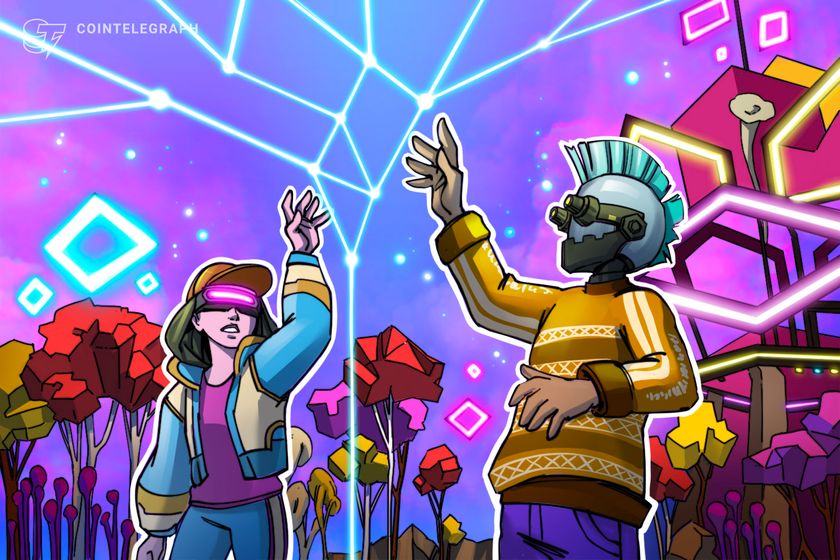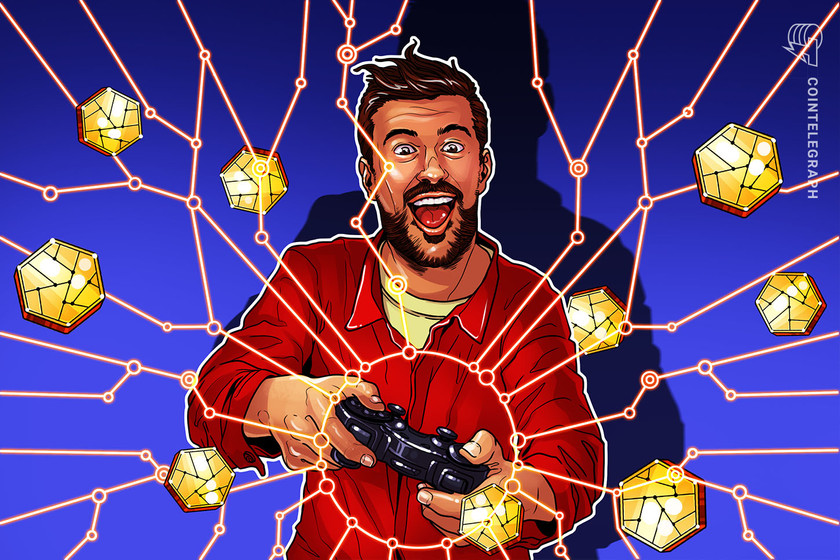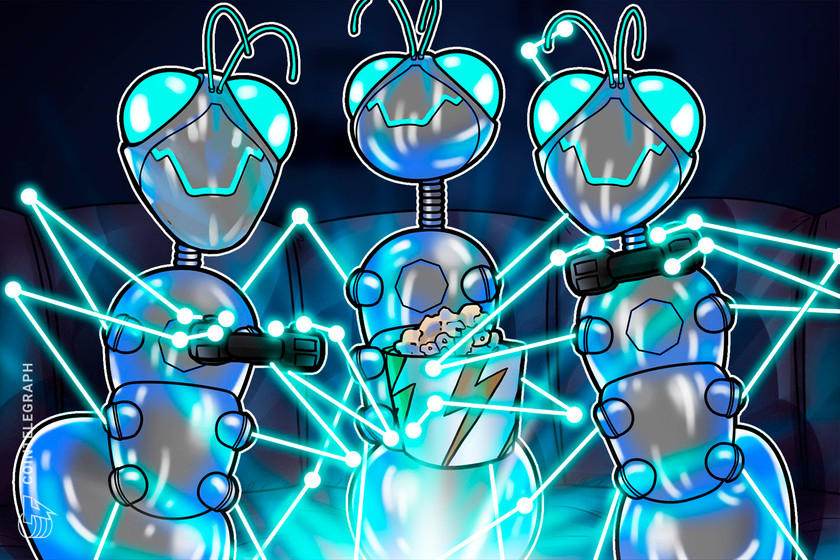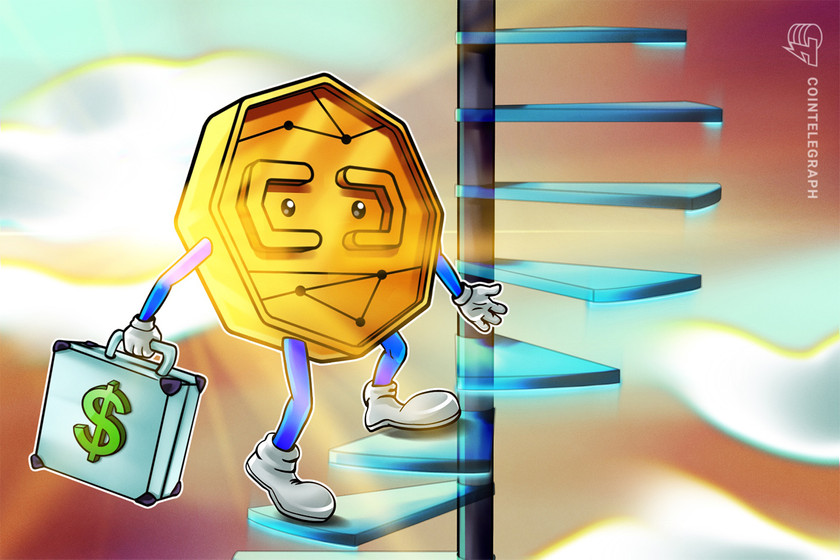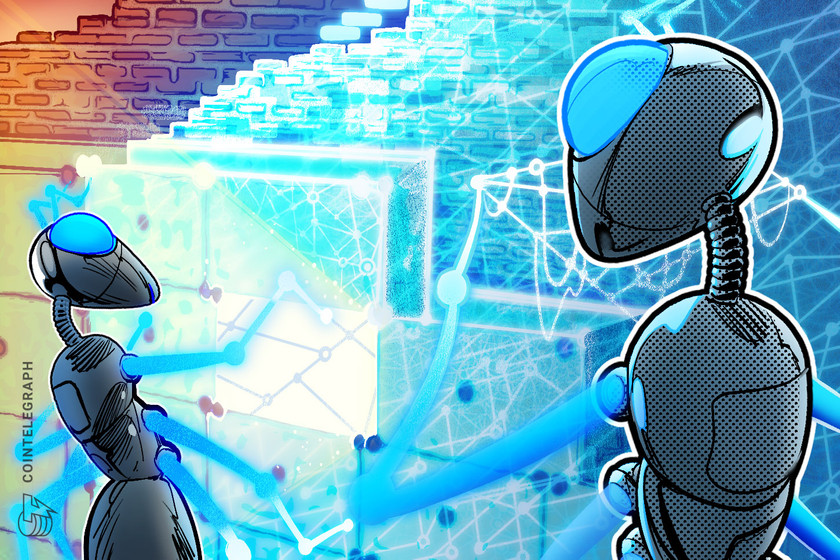How the crypto bull run can impact Web3 gaming beyond play-to-earn


Web3 gaming has remained unfazed by the bear season. But how does the expected bull run impact interest in blockchain-based games?
On-chain data tracker DappRadar recently reported that another $600 million was poured into Web3 gaming projects in Q3 2023, making the total investments surpass $2.3 billion in the year so far.
Another report from the blockchain gaming community, Game7, indicates a stabilization in Web3 gaming despite the market correction.
The interest in Web3 gaming — a general term used to describe the ecosystem housing blockchain-based video games — is clear and remains unfazed by the so-called “crypto winter.”

